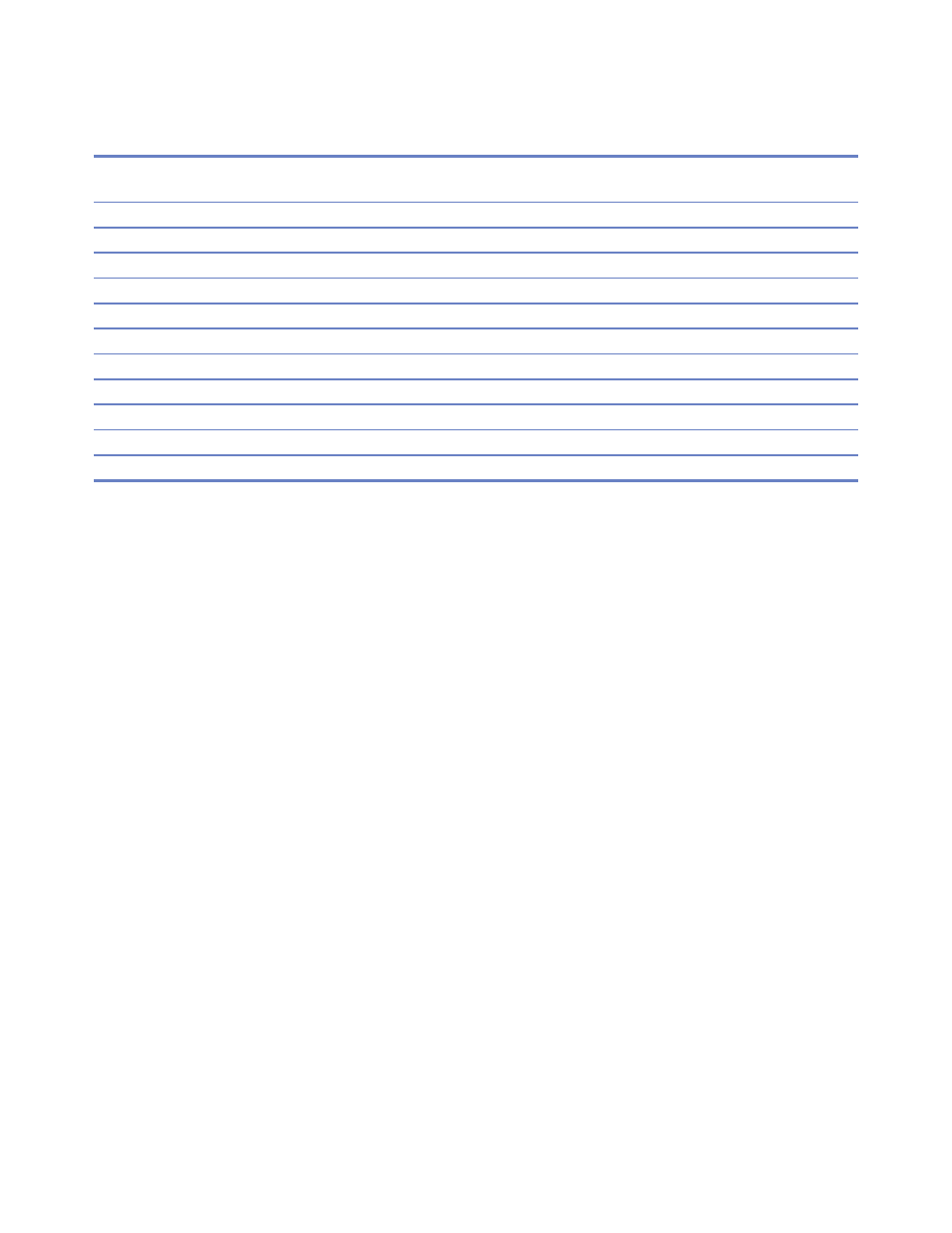Retrotec USACE User Manual
Page 299

Appendix F F5
In the following table, conversions of required air leakage levels are expressed
in the same units of cfm per square foot at a test pressure of 0.3 in w.g.
TABLE F2. CONVERSIONS OF DIFFERENT INTERNATIONAL REQUIREMENTS*
TO BUILDING AIR TIGHTNESS INTO CFM/FT
2
AT 75PA
Source of information
Test pressure (Pa)
cfm/ ft
2
at 75 Pa
ASHRAE 90.1, leaky
75
0.60
UK 5 m
3
/h/m
2
Normal, offi ces and homes
50
0.36
Smoke control standards, 0.1 cfm/ ft
2
@ 0.05 in. wc
12.5
0.32
ASHRAE 90.1, average
75
0.30
LEED,1.25 in
2
EfLA/100 ft
2
envelope
4
0.30
US Army standard is 0.25 cfm/ ft
2
75
0.25
UK 3 m
3
/h/m
2
Best practice, homes
50
0.21
UK 2 m
3
/h/m
2
Best practice, offi ces
50
0.14
Canadian R-2000 1.0 in
2
EqLA /100 ft
2
envelope
10
0.13
ASHRAE 90.1, tight
75
0.10
*Conversions made for a building, 120 x 110 x 8 ft, 4 stories, n=0.65
The ASTM E779 and E1827 standards are widely used in the US and
CGSB 149.10 is widely used in Canada for testing houses. ATTMA TS-1 is
used in the UK for commercial buildings and EN13829 is used in Europe for
testing houses. The different levels of air leakage units required by certain
programs and guidelines are shown. Notice in the differing test pressures that
results are referenced to. The levels of air leakage required and the reference
pressures both vary over a wide range.
All the standards shown require small adjustments (usually much less than
1 %) for barometric and temperature in an attempt to improve accuracy. These
fi ne adjustments give the impression that the results are accurate to within a
few percent but that does not apply at all to large buildings where background
bias pressures due to wind and stack are typically 5 Pa which cause errors
one magnitude greater than 1%. The following table shows the range of error
under the widest range of typical weather conditions short of storms. Typical
test that run from 12.5 to 60 Pa would indeed have a great deal of diffi culty
under different weather conditions.
All standards mentioned will produce results that are essentially similar
within a percentage point. It is the application of those standards that makes
the difference. The recommended procedure encourages testing at elevated
test pressures and in both directions to reduce the effect of wind in the former
case and to have the effects of static pressure cancel out, in the latter case.
